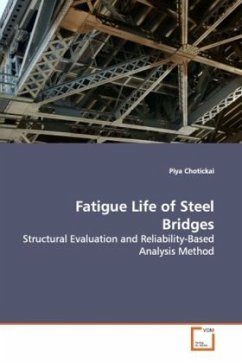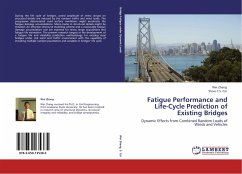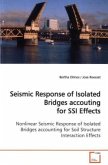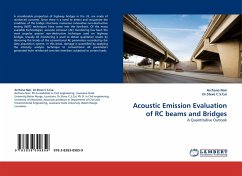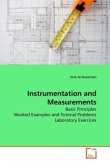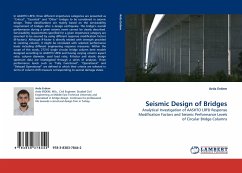Steel bridge structures are subjected to repeated
cyclic stresses due to traffic load. The damage
accumulation of these cyclic stresses can initiate
cracks and lead to the fatigue failure of a bridge
member. Generally, a certain safety level can be
achieved by using the procedures specified in the
AASHTO bridge design standards.
However, changes in the service condition, such as an
increase in vehicle weight and traffic volume, can
impact the service life of a bridge structure. This
book provides an evaluation procedure for fatigue
reliability-based analysis of steel bridge
structures. The procedure can be
utilized to evaluate the remaining fatigue life at a
prescribed confidence level. An application of bridge
instrumentation, weigh-in-motion measurement, and
traffic monitoring on a fatigue evaluation is also
presented. The book will be of interest to
researchers, bridge engineers, and those involved in
the field of structural evaluation and maintenance.
cyclic stresses due to traffic load. The damage
accumulation of these cyclic stresses can initiate
cracks and lead to the fatigue failure of a bridge
member. Generally, a certain safety level can be
achieved by using the procedures specified in the
AASHTO bridge design standards.
However, changes in the service condition, such as an
increase in vehicle weight and traffic volume, can
impact the service life of a bridge structure. This
book provides an evaluation procedure for fatigue
reliability-based analysis of steel bridge
structures. The procedure can be
utilized to evaluate the remaining fatigue life at a
prescribed confidence level. An application of bridge
instrumentation, weigh-in-motion measurement, and
traffic monitoring on a fatigue evaluation is also
presented. The book will be of interest to
researchers, bridge engineers, and those involved in
the field of structural evaluation and maintenance.

